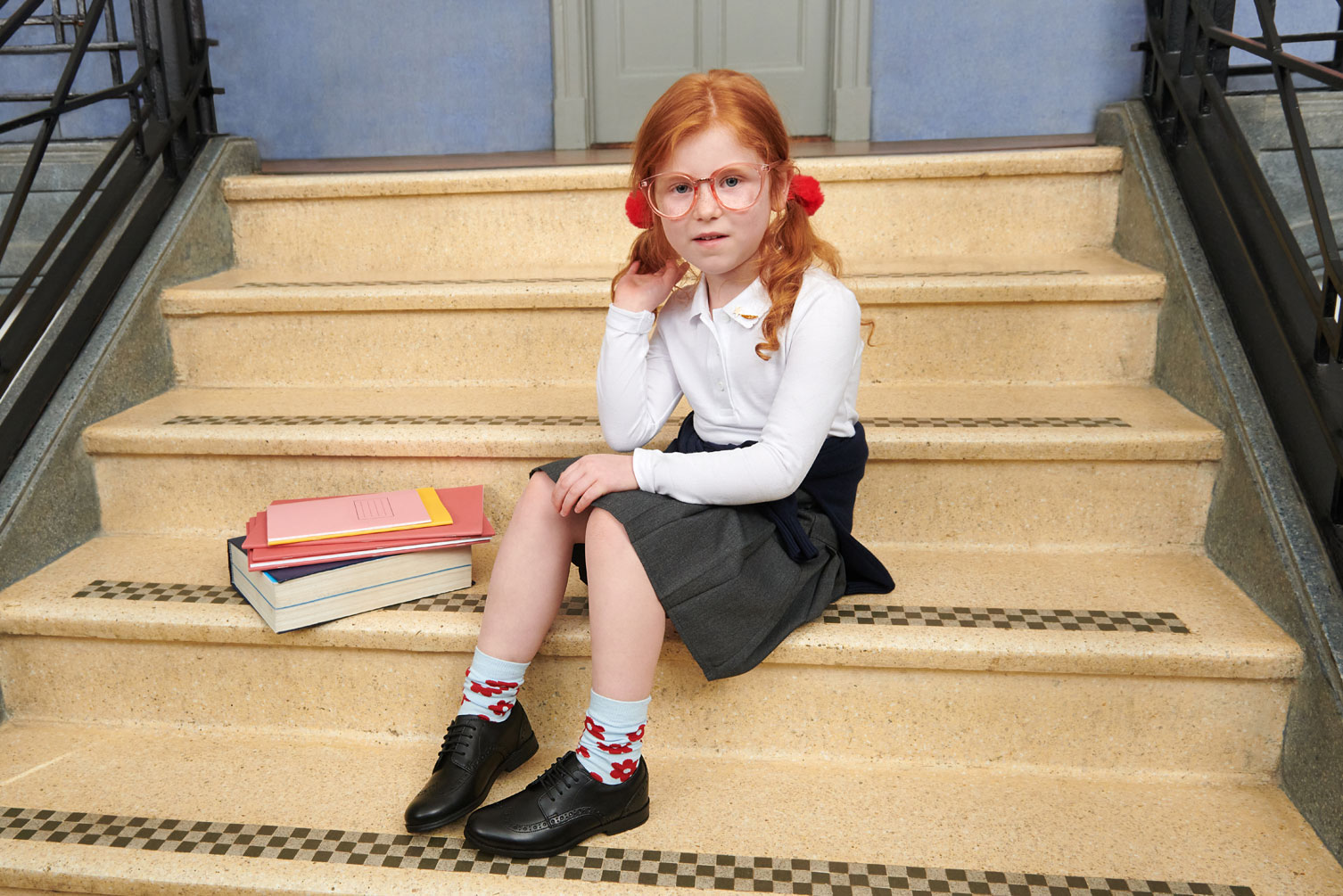
School standards and legislation around uniform requirements are hotly debated and deeply researched. The benefits of wearing a uniform are broad, and it’s widely accepted that they help children to build a strong school identity, but the cost associated with buying uniforms can be a burden on many families, both in the private and state sector.
Uniform recycling is now widely accepted as an option to ease the pressure on family finances, and also to reduce the burden on the environment, given the required discarding of unwanted items once the child has outgrown the clothes, or left the school. In this blog, we look at the options for parents looking to dispose of excess school uniform items in the most beneficial and efficient ways.
The shoe industry on the whole is a challenging environment for sustainability. The manufacturing process and the materials needed to make quality footwear, plus the disposal requirement, do not lend themselves to easy solutions. Nevertheless, reducing Start-Rite’s impact on the environment while continuing to deliver the quality footwear our customers have come to expect is our absolute focus. Reducing the environmental impact of all manufacturing businesses is of critical importance to the future of our planet and it is not something that Start-Rite takes lightly. Read more about Start-Rite's sustainability journey here.
Below are our top suggestions for getting rid of school uniforms in a responsible and environmentally friendly way.
There are a growing number of places where parents can recycle school uniforms. State schools that ask for generic ‘grey’ trousers and skirts are widely supported by charities, and this means that non-branded uniform items such as shorts, trousers, skirts and summer dresses will be accepted by the numerous local charity shops and clothing recycling bins. There are other specific charities set-up such as Recycle School Uniform CIC, that will resell school uniforms at a much lower price for families who are struggling to make the financial commitment to a full school uniform brand new.
Another way to recycle school uniforms that is growing in popularity is the use of second-hand online selling or swapping platforms such as Facebook Marketplace and Vinted. Savvy families are already trading many items on these forums, allowing some parents to recoup a portion of what they spent on brand new uniforms, and others to bag a great deal on something second hand.
Many schools will collect and resell second hand uniforms and this is the best place to pass on all branded items such as PE kits, blazers and jumpers. Some schools offer this service for free, providing unwanted or lost items for other families to choose from.
As well, some school Parent Teacher Associations (PTA) and similar community groups will gladly accept items to pass on for a nominal charge, bolstering efforts to raise money for extra-curricular activities, treats or supplementary items required for the school.
In addition to this, in some schools, the PTA will accept items to resell on behalf of the parents, where both the PTA and the parent selling the item will make money from the sale. This tends to happen predominantly in private schools where the items for sale cost significantly more.
Interestingly, some uniform retailers now sell uniform items with name labels suitable for multiple names. This is a lovely touch to encourage families to pass on unwanted but still usable items and it’s great to see such a roaring trade in second hand uniforms, with so many options now available to parents who need help with buying school uniforms.
When it comes to handing down school shoes, this is quite a complex scenario. School shoes tend to have heavy wear, and if you plan to hand down shoes, it’s important to ensure that the inside of the shoe has not moulded to the previous owner’s foot as this could affect the development of the foot of the next child to wear the shoe.
If in doubt, it is best to visit your local retailer who participates in the Shoe Aid scheme. Leave the shoes in those boxes for Shoe Aid to ascertain if the shoes are suitable for another child, or whether the materials within the shoe are more suitable for another useful purpose.
Author: Vista, published 19-03-2024.